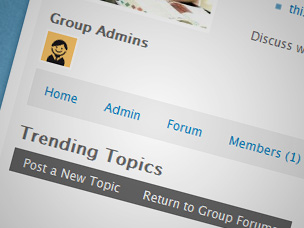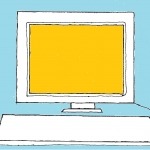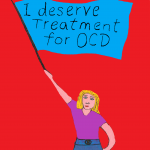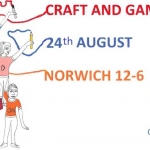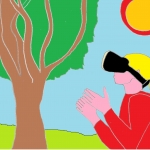- Notice: You must be logged in to view this area. Not registered? Sign up here!
What is Trichotillomania (TTM)?
Trichotillomania (TTM), also referred to as ‘compulsive hair pulling’ is a habit disorder in which a person experiences a compulsive urge to pull out hair, often resulting in noticeable hair loss. A person with TTM often experiences a strong build-up of tension before hair pulling that is then relieved by this behaviour. The pulling can be done consciously or unconsciously. In some instances, the person may find pulling pleasurable, making it difficult to stop. Episodes of hair pulling can be made worse both by times of stress, or periods of relaxation (e.g. when reading a book, or watching TV). TTM is considered an OCD Spectrum disorder and people with the condition will sometimes also suffer from OCD, BDD or CSP.
The most common places from which people with TTM pull hair are the scalp, eyelashes and eyebrows. They may also pull hair from the face, arms, legs, abdomen and pubic area, purposefully choosing places that are less likely to be noticed. Fingers are commonly used to pull hair but some people may use tweezers. A person with TTM may also pull hair from other people (e.g, family members) or pets. Hair sucking or chewing (sometimes resulting in hair ingestion) may co-occur in people with TTM. In some cases, this can lead to intestinal problems, sometimes requiring surgery.
People with TTM will usually have tried stopping the behaviour themselves in a variety of ways, including taping their fingers together, or wearing hats and gloves. It is common for TTM to make people feel depressed, ashamed or have low self-esteem, causing them to hide away from work, school, social situations, and even basic self-care. This secretive behaviour can make it difficult to get help. However, TTM is a very treatable condition and it is possible to make a full recovery. It’s certainly worth facing the fear and seeing a medical professional.
The recommended treatment for TTM is called Cognitive Behaviour Therapy (CBT). This involves learning about the urge to pull and developing strategies to resist the hair pulling behaviours. In treatment, you can practice gradually building up how long you can tolerate the urge, without pulling. It might just be ten minutes the first time but it’s all a step in the right direction. You can also try to find other things to do with your hands to stop you pulling and work out what your triggers are so you can find healthier ways to deal with them. For example, someone who always pulls when they’re stressed might try exercise or meditation to ease the stress in other ways. In some cases, medication can also be helpful for people with TTM.
A good first place to start in accessing treatment is to ask your GP to refer you to the Community Mental Health Team (CMHT) or the Children & Adolescence Mental Health Service (CAMHS) if you’re under 18. Your GP may also suggest you self-refer through an NHS service called Improving Access to Psychological Therapies (IAPT) which provides short courses of psychological therapies, like CBT. We can’t provide treatment at OCD Youth but we have a helpline and peer support groups that can support you throughout your recovery.
- Note: You must be logged in to post a comment.
